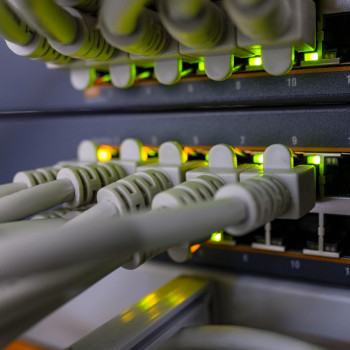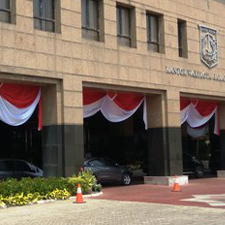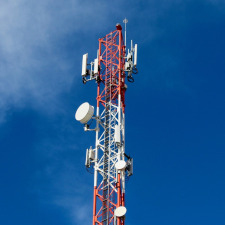
Data Center Cabling System (DCCS) is the structured physical infrastructure that connects servers, storage devices,
networking equipment, and other hardware within a data center. It includes copper and fiber optic cables, patch panels,
trays, and labeling systems—all organized to ensure efficient data transmission, optimized airflow, and ease of maintenance.
A well-designed cabling system is critical for performance, scalability, and long-term reliability in any data center environment.

Benefits of Using DCCS
|
|
|
|
|
|
|
Hi-Speed Connectivity |
Improved Uptime |
Scalability |
Simplified Management |
Enhanced Airflow |
A well-designed cabling system is critical for performance, scalability, and long-term reliability in any data center environment. There are several benefits associated with implementing DCCS:
-
High-Speed Connectivity
- DCCS supports high-bandwidth applications with reliable copper and fiber optic cabling options, enabling seamless data transmission.
-
Improved Uptime & Network Reliability
- Engineered for signal integrity and minimal interference to reduce downtime and ensure consistent performance.
-
Scalability & Future-Proofing
- Modular and standards-compliant design makes it easy to expand and upgrade as your data demands grow.
-
Simplified Management
- Organized cable layouts with proper labeling and documentation streamline maintenance and troubleshooting.
-
Enhanced Airflow & Cooling Efficiency
- Designed with optimal routing and density to prevent airflow blockage and improve cooling performance.
DCCS Placement and Application
-
 Government District Office
Government District Office
Government district offices that manage large-scale IT operations and sensitive data often have their own data centers. DCCS strategies can help them meet energy efficiency goals, reduce costs, and comply with environmental regulations. -
 Enterprise Data Centers
Enterprise Data Centers
Large corporations and businesses that operate their own data centers to support their IT infrastructure can benefit from DCCS. This is particularly relevant for organizations with substantial computing needs and a focus on energy efficiency and cost savings. -
 Telecommunications Data Centers
Telecommunications Data Centers
Telecom companies operate data centers to support their network infrastructure and services. DCCS can be valuable in optimizing cooling and energy usage in these facilities.
Why Roadmann DCCS
|
|
|
|
|
|
|
End-to-End Solutions |
Premium Materials |
Efficient Management |
Scalable & Modular |
Proven Record |
-
End-to-End Solutions
We offer complete solutions from design consultation and system architecture to installation and post-deployment support. Our team of certified professionals ensures that every aspect of your cabling infrastructure is tailored to your current needs while preparing for future expansion. -
Premium Materials
We use only high-grade copper and fiber optic cables, precision connectors, and durable components that are tested for performance and longevity. Every detail is engineered to minimize signal loss, prevent interference, and withstand the rigors of high-demand environments. -
Efficient Cable Management
Our structured cabling designs prioritize organization and clarity. With built-in labeling, color-coded routes, and easy-access panels, maintenance and troubleshooting are simplified—leading to faster response times and less downtime. -
Scalable and Modular
Need to add more racks, servers, or switches in the future? Our cabling structure supports painless upgrades without redoing your entire layout. -
Proven Track Record
Organizations across sectors — including enterprise IT, telecom, colocation providers, and government data centers—choose our cabling systems for their reliability and long-term value. With a proven track record of success, we are a partner you can rely on.
Roadmann DCCS Datasheet
Download Roadmann DCCS Datasheet for more detail information about our cabling products.
Download Roadmann Fiber Management System for more detail information about our fiber management products.
Download Roadmann Fiber Management System for more detail information about our fiber management products.
